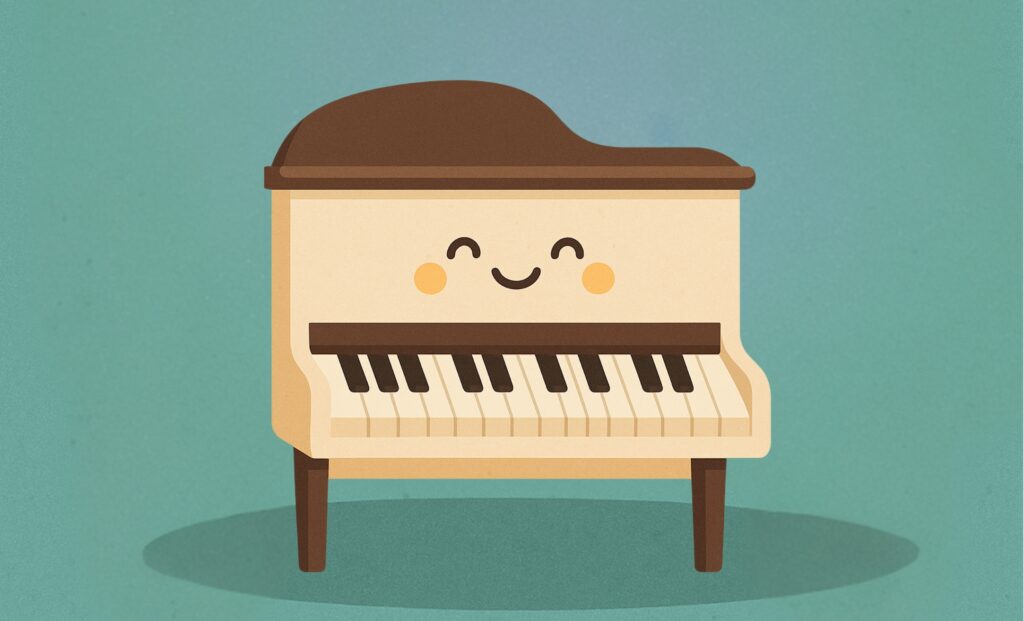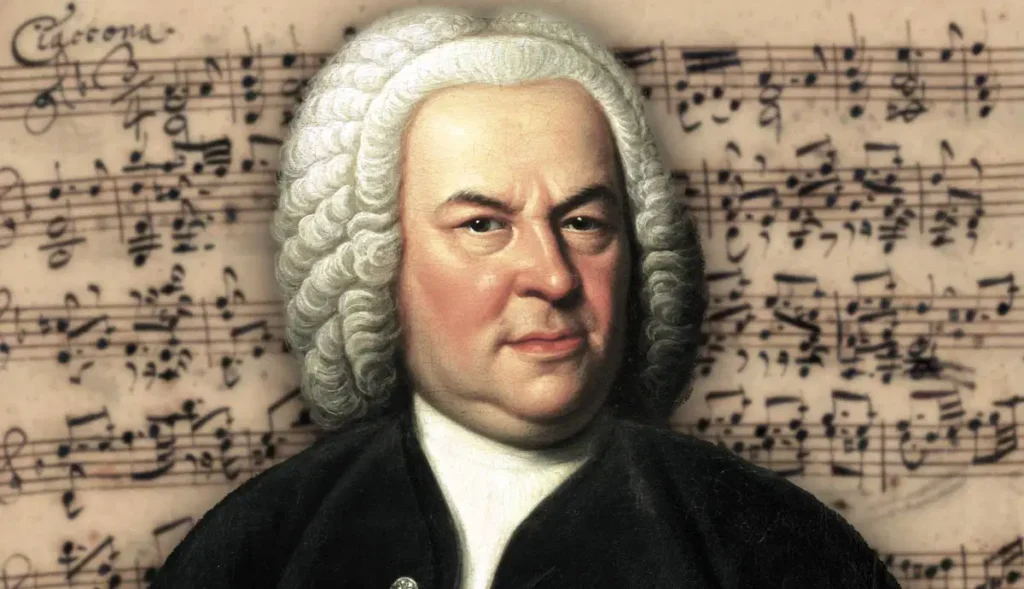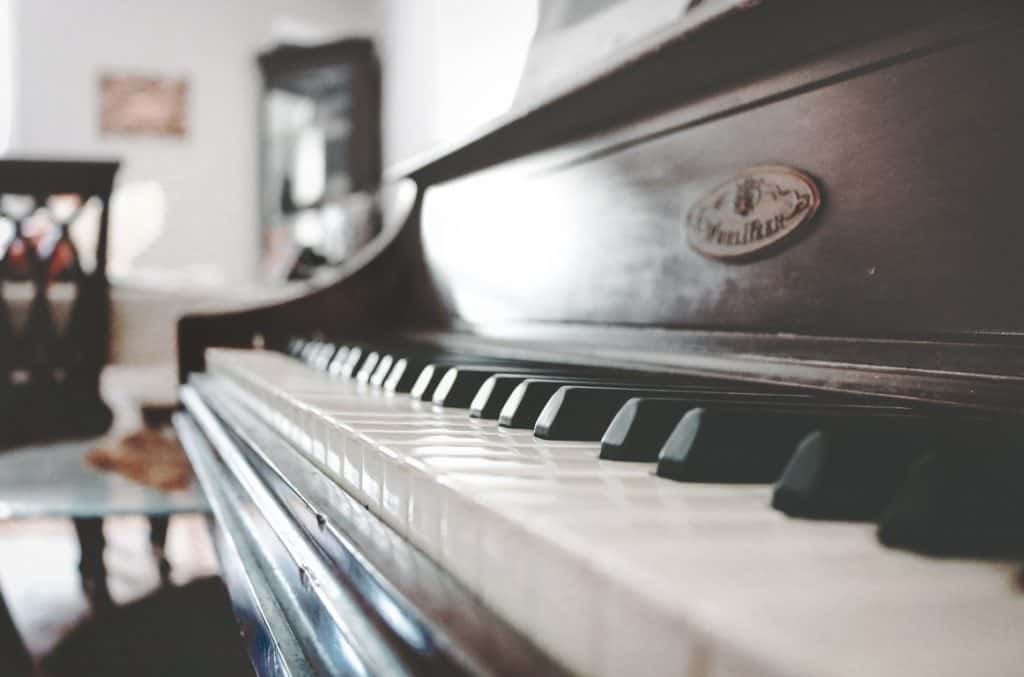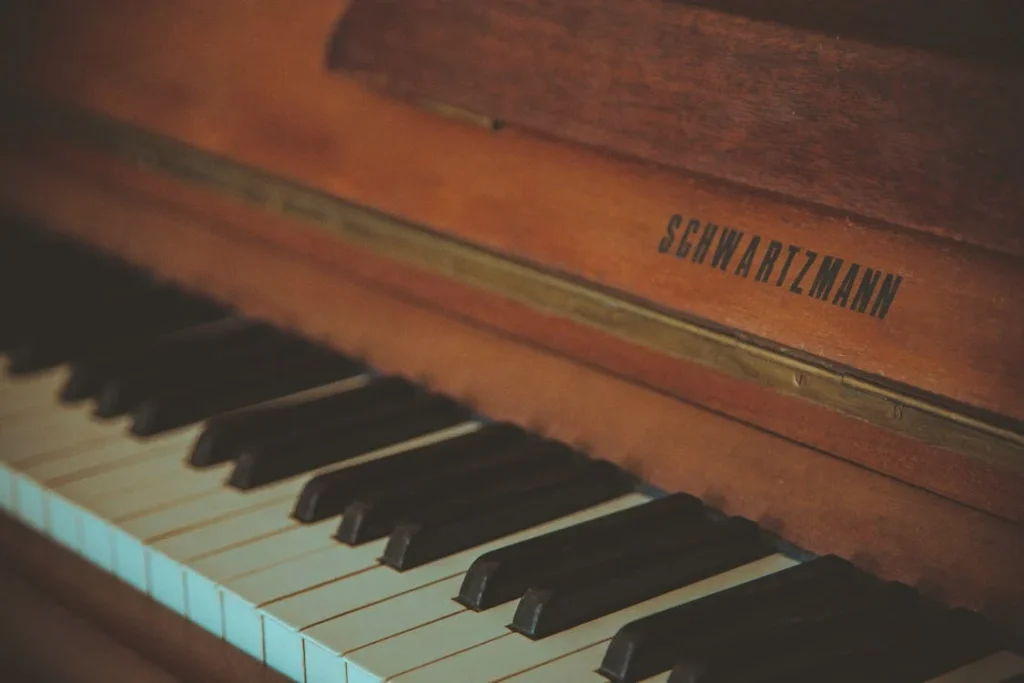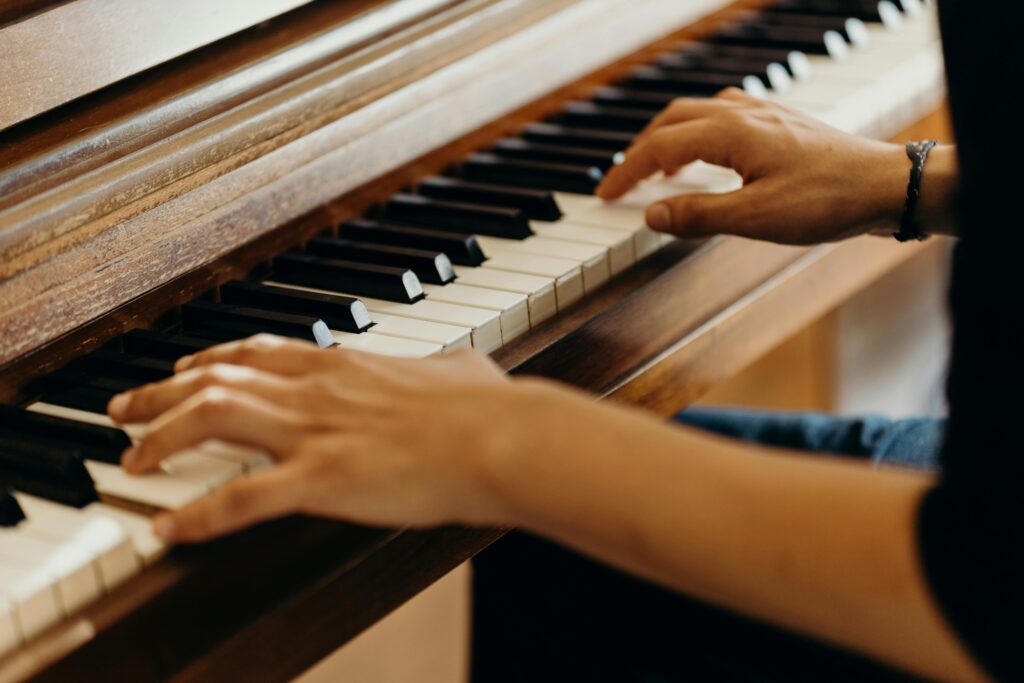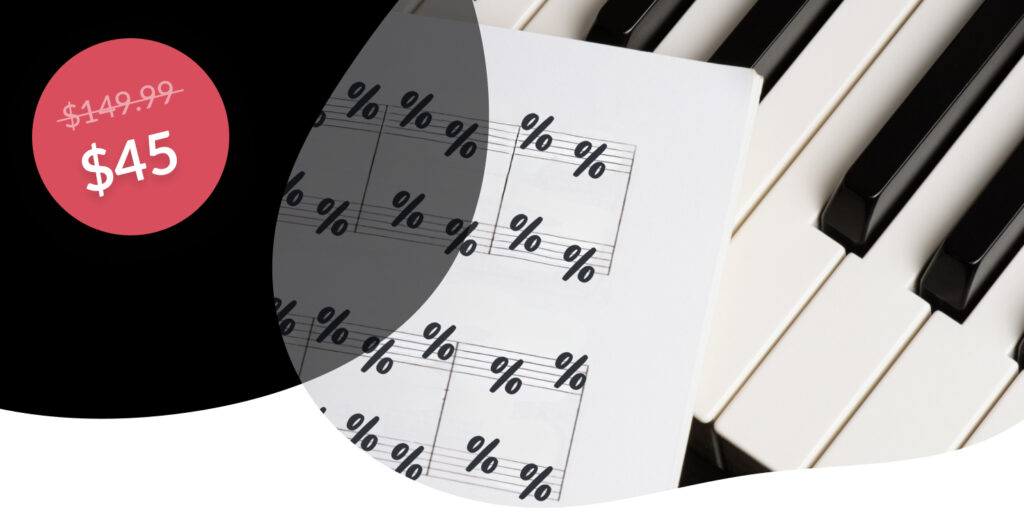How to play Pirates of the Caribbean theme song
The music for the 2003 Walt Disney Productions film Pirates of the Caribbean is fun, energetic, and full of catchy melodies and harmonies. The film is based off the Pirates of the Caribbean themed rides at Disney’s amusement parks and has since blossomed into a multi-film franchise following the stories of many characters including Captain …
How to play Pirates of the Caribbean theme song Read More »





